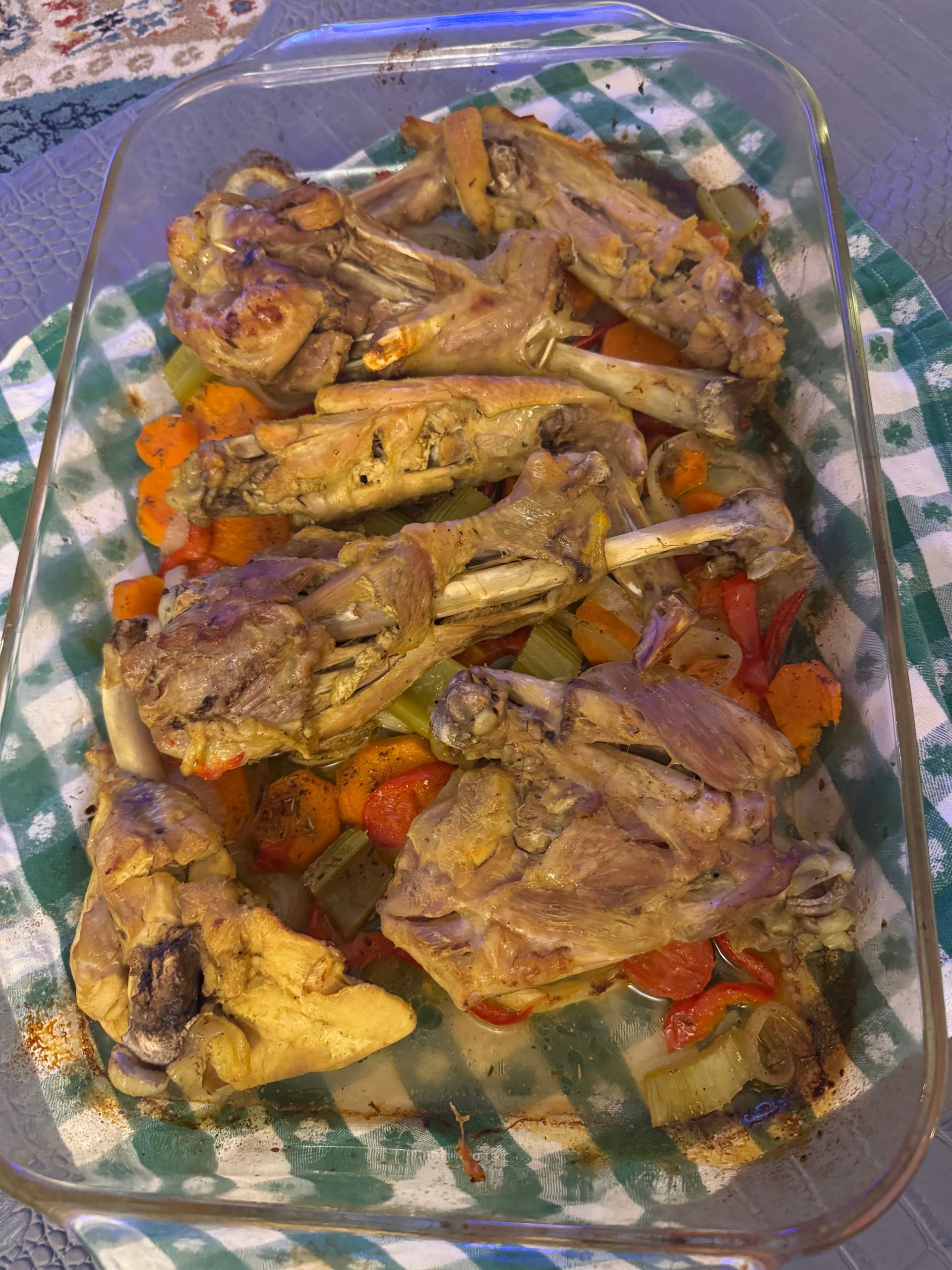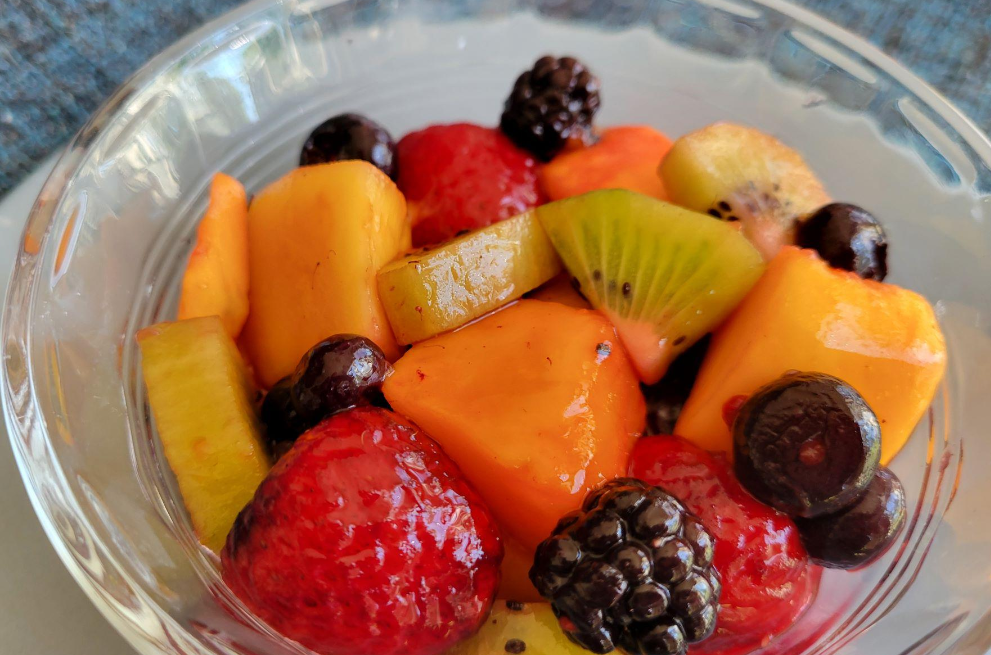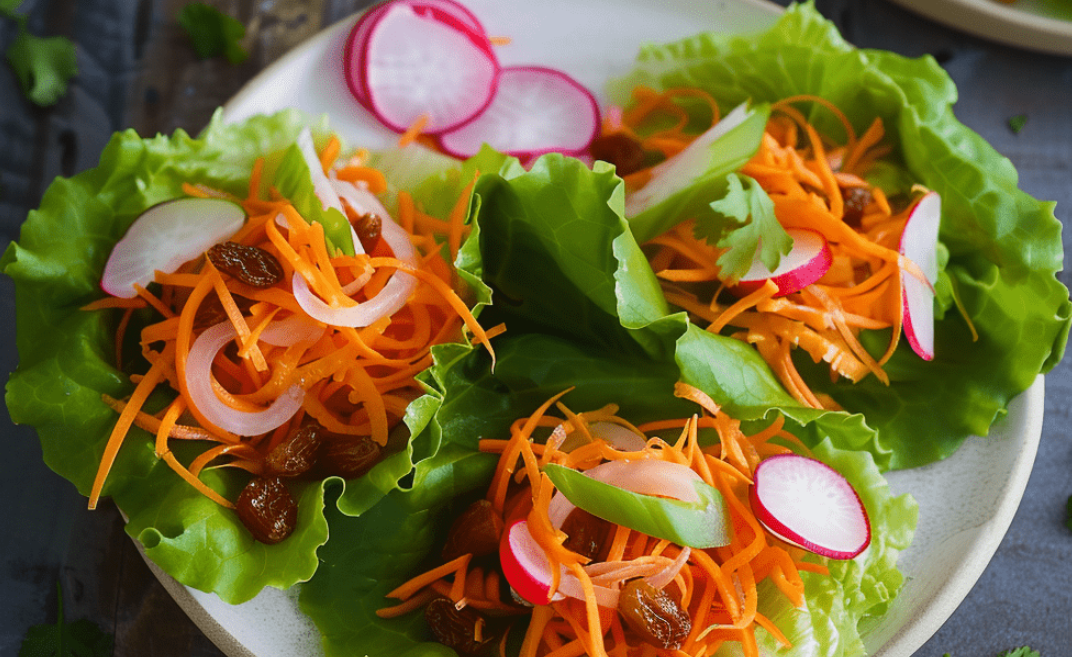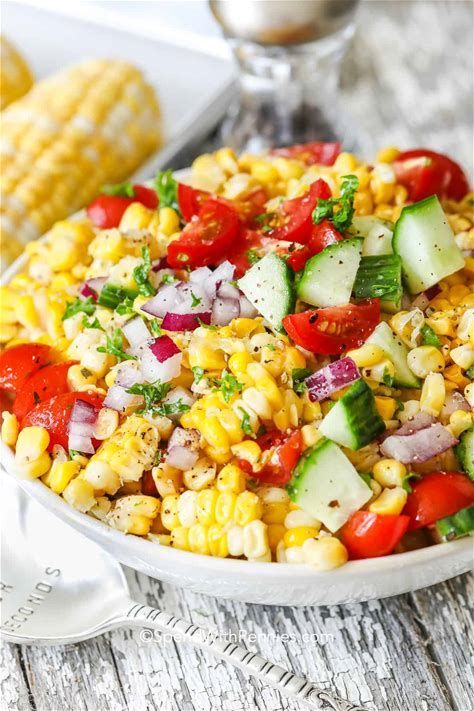Article
TLF Healthy Foods September 2025 Newsletter
September Nutrition Tips
September is a golden month for nutrition-bridging summer's bounty with fall's harvest. Here's how to make the most of it:
🍎 Seasonal Superstars
- Apples -
Crisp, hydrating, and full of fiber. Great for digestion and satiety.
- Pumpkin - Rich in beta-carotene, potassium, and fiber. Use it in soups, stews, or even pumpkin chia pudding.
- Brussels Sprouts -
Packed with vitamins A, C, and K. Roast them for a crunchy, nutrient-dense side.
- Pears, Grapes, and Figs - High in antioxidants and natural sweetness. Perfect for snacking or adding to salads.
🥒 Veggies to Lean Into
- Zucchini - Low in calories, high in fiber and B-vitamins. Great for mood and digestion.
- Broccoli & Celery - Excellent for hydration and gut health. Add them to stir-fries or snack trays.
💡 Smart September Tips
- Shift to warmer meals - As temps cool, start incorporating roasted veggies and hearty grain bowls.
- Boost immunity - Load up on vitamin C-rich foods like strawberries and grapefruit to prep for flu season.
- Stay hydrated - Cooler weather can trick you into drinking less. Herbal teas and infused water help.
Cooked Foods from Our Pantry/Distributions

🍲 What You Might Find or Make from Pantry Distributions
- Canned soups and stews - Ready to heat and eat.
- Boxed pasta and rice - Pair with distributed sauces or canned proteins.
- Frozen meats - Sometimes available; can be cooked into hearty meals like chili or stir-fry.
- Fresh produce - Seasonal veggies like potatoes, carrots, and onions can be roasted or turned into soups.
- Bread and baked goods - Occasionally included, especially from local bakery donations.
🧑🍳 Cooked Meal Ideas Using Pantry Staples
- One-Pot Chili - Canned beans, tomatoes, and ground meat (if available).
- Vegetable Stir-Fry - Fresh produce with rice or noodles.
- Tuna Pasta Salad - Boxed pasta, canned tuna, and pantry seasonings.
- Hearty Lentil Soup - Lentils, carrots, onions, and broth.
Baked Zucchini
📌 RECIPE AND INGREDIENTS:
3 eggs. Salt. Black pepper. Turmeric. Mix the eggs. Add 150 ml of milk. Take 2 zucchini. Salt. Leave for 10 minutes. Take 1 onion. Olive oil. 1 carrot. I grate it on a coarse grater. Fry the vegetables for 3-5 minutes. 2 garlic. Finely chop the garlic. Add the garlic and cook for another 2 minutes. 1 yellow bell pepper. Finely chop. 1 tomato. Mix everything thoroughly. Black pepper. Italian herbs. Green onions. Bake in the oven for 25-30 minutes at 180°C (350°F). Enjoy your meal!
Fresh Corn Salad
30 min · 168 cals · 6 servings
Ingredients
- 3 cups Corn Kernels
- 1 cup Cherry Tomatoes
- 1 cup Cucumber
- 0.25 cup Red Onion
- 3 tablespoons Olive Oil
- 3 tablespoons Apple Cider Vinegar
- 0.5 teaspoon Kosher Salt
- 0.25 teaspoon Black Pepper
- 1 tablespoon Fresh Parsley
Instructions
- Bring a large pot of salted water to a boil. Add the corn and cook for 3 to 4 minutes or until the kernels turn bright yellow (alternately, the corn can be grilled).
- Drain the corn and cool completely. Use a sharp knife to remove the kernels from the corn cob.
- In a large bowl, combine the corn kernels, cherry tomatoes, diced cucumbers, and red onion.
- Drizzle the olive oil and apple cider vinegar over the salad.
- Season generously with salt & pepper to taste and toss well to combine.
- Just before serving, sprinkle with fresh herbs toss to combine
What to Know About Resistant Starches
Many people have added resistant starches to their diets due to the health benefits they may provide. Resistant starch is a type of nutrient that may help your body with digestion, weight loss, disease prevention, and other important functions. It can be part of a healthy lifestyle that includes good nutrition, exercise, sleep, and other essential habits to help you stay well.
While most starches are digested and broken down, resistant starch will pass through you.
What Is Resistant Starch?
Resistant starch is a type of carbohydrate that doesn't get digested in your small intestine. Instead, it ferments in your large intestine and feeds "good" gut bacteria.
Carbohydrates are nutrients that give your body energy in the form of glucose (a sugar molecule).
Carbohydrates can be simple or complex. Simple carbohydrates have a simple chemical structure. Your body doesn't need much energy to break them down into glucose. Simple carbohydrates are usually in unhealthier foods like candy, white bread, and white rice.
Resistant starches are a type of complex carbohydrate. Complex carbohydrates have a complex chemical structure that your body needs more energy to digest. They are generally healthier for you and more nutritious. These nutrients are in foods including:
- Brown rice
- Beans
- Whole-grain bread and pasta
- Quinoa
- Cashews
- Lentils
- Plantains or green bananas
- Oats
- Potatoes
Unlike other types of carbohydrates, your digestive system can't break down resistant starches into energy. Instead, healthy gut bacteria in your intestines feed on them.
Resistant starches have only 2.5 calories per gram, while regular starches contain 4 calories per gram. As such, it may help to swap other starches for resistant starches if you're looking to lose or maintain weight.
Related: Managing Obesity: Your Treatment Choices
The Four Types of Resistant Starches
Type 1. Type 1 starches are found in partially milled seeds and grains, as well as in some dense starchy foods. This type of starch is stuck within fibrous cell walls of the seed or grain. So it's not digestible unless it's milled or ground.
Type 2. These are found in starchy foods like unripe bananas or raw potatoes. Type 2 starches are indigestible because they are compact, which makes it hard for digestive enzymes to break them down.
Type 3. These are found in foods that have been cooked and cooled, such as potatoes. The process of cooling turns some of the starches into resistant starches.
Type 4. This type of starch is chemically modified and is usually found in bread and cakes.
Resistant Starch Benefits
Boosts gut health. Normal starches break down into glucose when digested. Resistant starches do not break down. As resistant starch ferments in your large intestine, more good bacteria are created, boosting your overall gut health. You'll also get less constipation, lower cholesterol levels, and a lower risk of colon cancer.
Improves insulin sensitivity. Resistant starches can improve your body's ability to respond to insulin. The higher your insulin sensitivity, the better your body will be able to handle high blood sugar. This means you'll have a lower chance of getting conditions such as type 2 diabetes, Alzheimer's disease, and heart disease. Many other lifestyle habits, as well as your genes and access to medical care, affect your chance of avoiding those conditions. Ask your doctor for a comprehensive plan to lower your risk.
Helps you stay full longer. Since resistant starches are harder to digest, your body will use up more energy trying to break them down. You won't get hungry as quickly, so you may eat less, which could help if you're trying to lose weight.
Eases constipation. Resistant starches can help loosen stool and ease constipation. Reduced constipation can help avoid issues like hemorrhoids.
Resistant Starch Foods
The following foods are particularly high in resistant starch:
- Rice or potatoes that have been cooked and cooled
- Whole grains such as barley and oats
- Plantains
- Green bananas (not yellow or ripe bananas, which have regular starch)
Related: Health Conditions Tied to Obesity
Meal and side dish ideas using resistant starches include:
- Lentil or pea soup
- Overnight oats (oats soaked overnight)
- Cooled brown rice
- Whole-grain cereal
- Quinoa and beans on a salad
- Chickpea curry
- Baked beans
Here are some more ways you can add more resistant starches to your diet:
- Add lentils to a soup or salad.
- Use uncooked oats to make overnight oats by soaking the oats in milk or yogurt. Overnight oats have more resistant starch than cooked oatmeal.
- Cook potatoes, pasta, beans, and rice and let them cool in your refrigerator before eating. Reheating these items after they have cooled off won't affect the levels of resistant starch.
Flours such as green banana flour, cassava flour, plantain flour, or potato starch contain high amounts of resistant starch, but only when raw. The resistant starch content is lost when it is heated such as in baking or cooking. So if you use them instead of wheat flour in baked goods, you'll lose their resistant starch.
Side Effects of Resistant Starch
Foods like beans can cause gas,
bloating, and other pains during digestion. This can make people hesitant to eat them, even though they're high in resistant starch and other nutrients. If the discomfort becomes too much to handle, you may need to lower the amount of fiber and resistant starch in your diet. Still, compared to other forms of fiber, you're less likely to get gassy from resistant starch. When adding any form of fiber to your diet, you can do it gradually to help your body get used to it. Drinking plenty of water also helps.


Thank you for participating to our Food as Medicine Program through our partner schools. Your participation has brought more than just health to your table-it's brought joy and community spirit. As we aim to grow and refine this initiative, we deeply value your perspectives and experiences.
Please click HERE or scan the QR code for very brief survey.
share this
Related Articles














